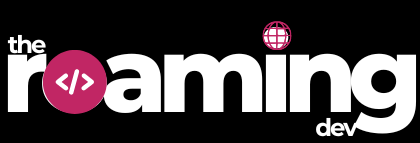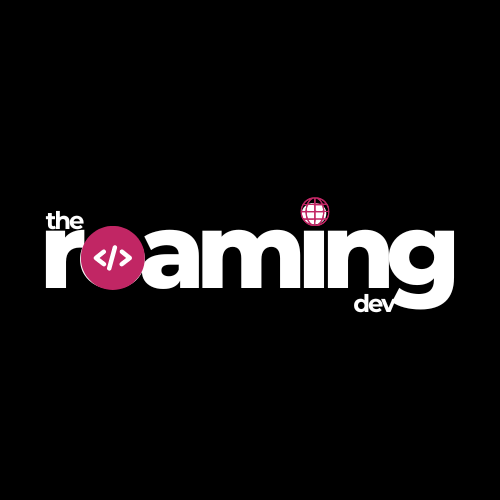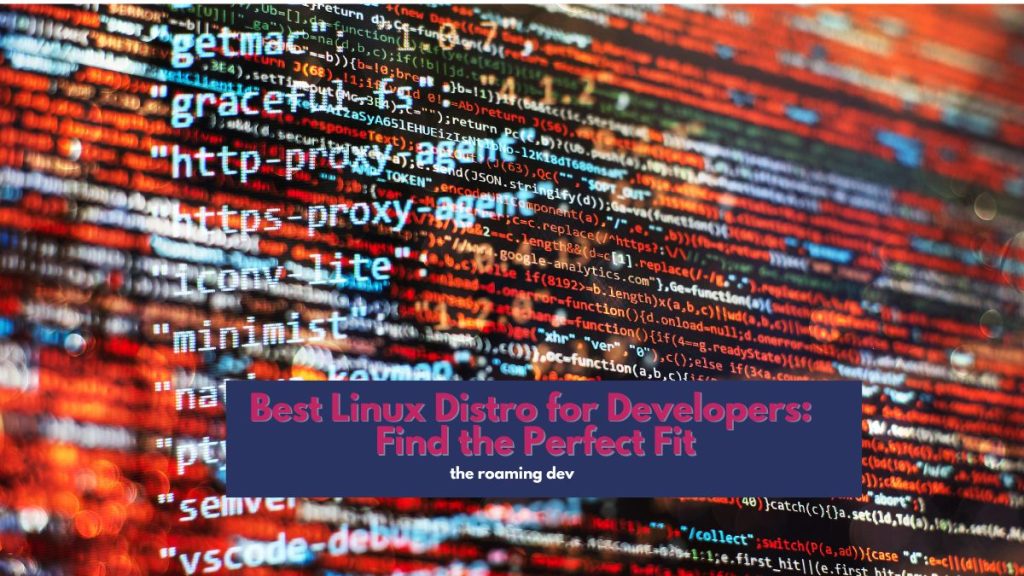In the realm of coding and software development, the choice of operating system will have a huge impact on your productivity, efficiency, and quality of the output.
That is why Linux is still a top choice for programming work. And the best part is that there are a plethora of Linux distros that are designed for developers.
The best Linux distro for developers ensures that you have a simple, stable, and secure environment for programming.
The only issue is that selecting the right one among the many distros can be a daunting task. But don’t worry, though, because we are here to help you.
To help you find the one that suits your working style, we have analyzed and ranked the top ten Linux distros. But before we do that, let’s understand what a Linux distribution is and what makes a good Linux distro.
What Is a Linux Distro?
A Linux distribution, or simply a Linux distro, is a complete and packed operating system based on the Linux kernel.
Kernel, here is the nucleus of the operating system (OS) as it interacts directly with the hardware of your device. It also manages system resources.
Unfortunately, the Linux kernel alone is not sufficient for most use cases. The reason is that it lacks several software applications and tools that support everyday computing tasks.
This is where Linux distros come in. A Linux distro includes the Linux kernel and a collection of libraries, system utilities, software packages, and graphical interfaces.
These additional applications and tools make the operating system functional and user-friendly.
The good thing is that most of the Linux distributions are free to use. Individuals, organizations, and communities are often responsible for creating and maintaining these distros.
Each of them has their own unique features, software repositories, and package management system. So, each Linux distro tends to attract a particular audience.
Qualities That Make a Linux Distro Good for Programming
On a basic level, a good Linux distro should help programmers by providing a development-friendly environment that offers a set of tools, resources, and libraries required for software development. It should also cater to your unique preferences and requirements as a developer.
With this knowledge, here are some of the factors that you should consider when selecting the best Linux distro for developers:
- Software repositories: You should strive for a Linux distro with extensive software repositories. This way, you can access several libraries, software packages, and other tools for your programming tasks.
- Package management: A well-balanced distro should have a reliable package manager that simplifies installation and updates as well as management of tools, dependencies, and libraries.
- Programming language support: Before choosing a distro, you should ensure that it accommodates your programming languages.
- Libraries and frameworks: Choose a Linux distro that offers the necessary development libraries and frameworks that will help you in your development work. Popular libraries and frameworks include TensorFlow, GTK, and Qt.
- Development tools: Some distros already have integrated development environments (IDEs) pre-installed, improving your coding experience.
- System stability: While choosing your best Linux distros for developers, ensure that they are stable and reliable. These distros are useful for long-term developmental projects.
- Documentation and community: Look out for a distro with robust documentation. Apart from this, prioritize distros with an active user community.
Actually, there are a plethora of things that you have to consider when choosing the best Linux distro for developers.
Apart from the above, other considerations are security, desktop environment, performance, compatibility, and customization.
The Best Linux Distros for Developers
To help you identify the best Linux distro for developers, we will recommend some of the popular and proven Linux distros. We will highlight their strengths and weaknesses so that you can narrow down your choices.
1. Ubuntu
Ubuntu is arguably the most popular Linux distro out there. It attracts both newbies and seasoned users.
For developers, the Ubuntu Long Term Support (LTS) provides a stable environment without constant upgrades. So, this can be your distro of choice if you are working on long-term projects.
Owing to its popularity and longevity, Ubuntu has virtually all development tools and libraries in its repositories.
Also, the introduction of the snap packaging format has made it easier to install new software.
Pros
- Designed for all categories of users
- Very well documented and has an active community.
- Has stable long-term support releases
- Lots of variation for compatibility
- Intuitive user interface
Cons
- Lacks accentuating features
2. Manjaro
Manjaro is a more user-friendly version of the Arch Linux distro.
It is also the best Linux distro for developers because it is easy to operate and has a rich repository.
This distro includes Octopi and Pamac by default, allowing software installation with a graphics user interface.
Most developers also love it because it has several customizable tools.
Pros
- Easy to install
- Come with pre-installed Steam
- Based on the Arch Linux distro
- Has a GUI to manage kernels
Cons
- It is not a server-oriented OS.
3. Arch Linux
Popular Linux distros usually provide a graphical or curse-based installer. But Arch is somehow different. It provides the following scripts:
- (c) fdisk
- (c) gdisk for partitioning
- WiFi-menu command for connecting to WiFi
- Contents of the arch-install-script package
- SSH daemon for remote installation
Its installer disc contains several tools to help with system installation, such as genfstab, pacstrap, and arch-chroot.
As you can see, Arch Linux is a rich distro. But the issue is that it has a steep learning curve. So, it might not be useful to beginners.
Pros
- Easy maintenance and excellent stability
- Comprehensive instructions for each application
- Accessible third-party user package repository
- Simple configuration, without any strange wizards that may cause system breakdown
- Rolling releases promise the most up-to-date stable
Cons
- No add-ons included.
- Slow installation with many steps.
4. openSUSE
openSUSE supports KDE and GNOME desktop environments, thus offering a reliable system to developers and system admins.
Unfortunately, it doesn’t receive the same attention as Fedora and Ubuntu.
One unique thing about the openSUSE project is that it produced two distros: openSUSE Leap and openSUSE Tumbleweed.
The latter is a rolling release variant, while the former is the fixed release cycle regular distro.
Pros
- Easy to download recent releases
- User determined their server and desktop appearance.
- Easy to modify and distribute modifications.
- Impressive amount of code available following a release
Cons
- Limited documentation available.
- Slow to date hardware
5. Fedora Workstation
Fedora Workstation is the best Linux distro for developers for many reasons. First, it is super fast.
Through Fedora, developers can create applications through the lightweight OS.
The good thing is that the distro provides the Developer Guide that includes a wealth of developer-friendly documentation.
The guide covers topics such as code style, development environment, databases, frameworks and tools, and much more.
Pros
- Most recent GNOME shell
- Newer kernel versions offer better hardware support.
- Background updates are similar to Windows’ Yum.
- Multiple variants
Cons
- Usability is less impressive than other distros.
6. Kali Linux
Kali Linux (formerly BlackTrack Linux) is one of the distros that is based on the Debian OS.
The designers of the distros tried to help developers with sophisticated penetration testing and security auditing.
So, we can say it is not only the best Linux distro for developers but also for cybersecurity professionals.
Pros
- Adheres to the conventional file-system structure.
- It has over 600 penetrating instruments.
- Compatible with several wireless devices
- Support multiple languages.
Cons
- Slow
- It has frequent bugs.
7. Pop!_OS
This Linux distro is ideal for STEM and creative professionals. The Pop!_OS desktop has been streamlined for efficient workflow and organization.
Apart from this, you can customize your programming workflow, allowing it to be navigated through the keyboard.
Another beautiful thing about Pop!_OS is that it comes pre-installed on System76 hardware, which speeds up compiling and testing of your applications.
Pros
- Clean user interface
- Great performance.
- Lightweight, so it is fast
Cons
- Few customization features and pre-installed apps
8. CentOS
CentOS is also among the most stable distros. It is a community-based variant of the premium Red Hat Enterprise Linux (RHEL).
As a testbed for the commercial RHEL, CentOS gets immediate fixes and packages before they get into RHEL.
Pros
- Stable rolling release
- Development-oriented distro
- Enterprise-grade packages
Cons
- It is still the test platform for the commercial RHEL.
9. Debian
Debian, just like Ubuntu, is one of the oldest Linux distros that is built with stability in mind.
Besides its stability credentials, many distros on the market today are based on Debian.
It is popular for its strict adherence to free software principles and robust package management system.
It also boasts the largest number of repositories for open-source software.
So, you won’t lack tools to get your project done.
Pros
- Built for stability
- Massive software selection
- Extensive manual
- Boast large repositories of open-source software.
Cons
- Not beginner-friendly
- Some software are outdated.
10. Solus
Solus is a special distro because it follows a curated rolling release model.
The advantage of this Irish Linux distro is that once you have installed it, you can keep running updates without the need for a major upgrade.
Additionally, Solus supports several IDEs and editors, including IDEA, Atom, and Gnome Builder.
It also supports popular version control systems such as Bazaar, Git, and GitKraken.
Pros
- Multiple editions
- Curated rolling release
- Support development use cases.
- Supports several editors and IDEs
Cons
- Ships with limited tools and standards
Final Thoughts
When it comes to choosing the best Linux distro for developers, there are a few options that stand out.
If you are just starting out, Ubuntu might work for you.
Manjaro is also best for all-around programming. It stands out because it is user-friendly. For advanced developers, Arch Linux will offer much value.
As we speak, many employees still value talented developers who know how to work with Linux.
So, if you’re involved in programming and coding, it is essential to become proficient in using a Linux distro.
Hopefully, you will find one from the list above.
Also Read:



